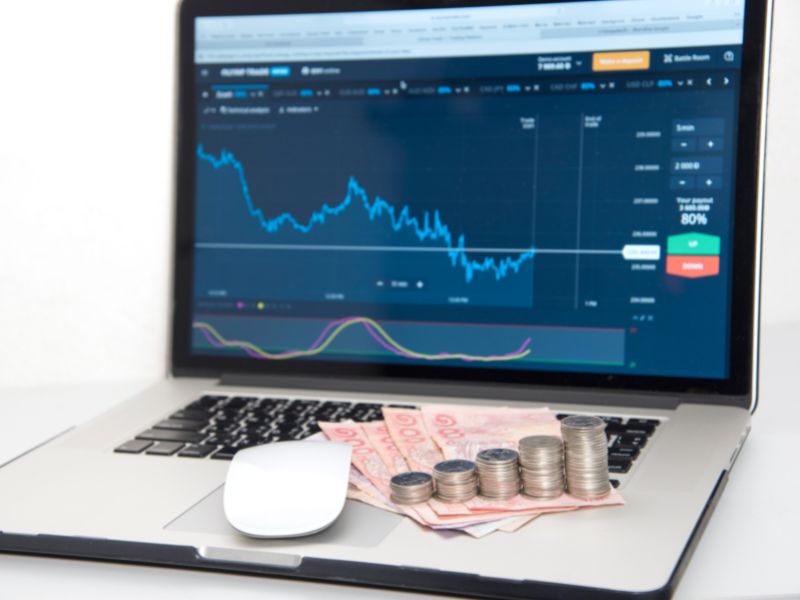

In order to understand how to trade commodity currencies, first let’s look at what they are. A commodity currency is a name given to a currency that moves in correlation to world commodities given a country’s heavy dependency on the export of the commodity for income. The economy of the country will be closely tied and dependent on the export of the commodity in question.
Oil & CAD
For example, the Canadian dollar (CAD) is closely related to the value of oil due to exporting. When the price of oil declines, so does the value of the Canadian dollar compared to the US dollar, and when the price of oil increases so does the value of the Canadian dollar. In other words, the Canadian dollar is positively correlated to the price of oil.
Why does this correlation exist?
Canada exports around 3.4 million barrels of oil a day to the US. The price of oil is around $60 meaning that Canada’s daily oil sales total $204 million. Given the sheer size of the sales involved, any change in the value of oil will affect Canada’s economy and therefore the value of the currency. Furthermore, these enormous transactions create a huge demand for the Canadian dollar, so the more expensive oil is, the great need for the more Canadian dollars. The correlation is considered to be 93%. So, if you see oil prices rising and you believe they could continue rising, it could be a good time to buy into the Canadian dollar.
Gold & AUD
The Australian dollar is closely correlated to Gold, for similar reasons that the Canadian dollar is correlated to oil. Australia is the third largest gold producer in the world. Australia exports around $5 billion worth of gold each year. Therefore, if the price of gold decreases, you may want to sell the Australian dollar.
Natural Ga & NOK
A less-known commodity currency is the Norwegian Krone. This currency is correlated to the gas markets. Given that there is significant drilling in the North Sea for Natural gas, the Norwegian krone is highly correlated. Further Norway is a huge exporter of natural gas to the EU. As a result, the natural gas market influence where the Norwegian Krone goes. When the natural gas market rallies, often the Norwegian Krone strengthens. Alternatively, when natural gas falls in price, the Norwegian krone falls in value.
Macro strategies such as Currency correlation strategies work best on a longer time frame. Correlations won’t necessarily be seen on every day of trading, but over a longer time period, they will be seen. Cues for trading can be taken from commodity reserve reports, oil inventory reports, Australian and or Canadian economic development, and safe haven investing, to name just a few.